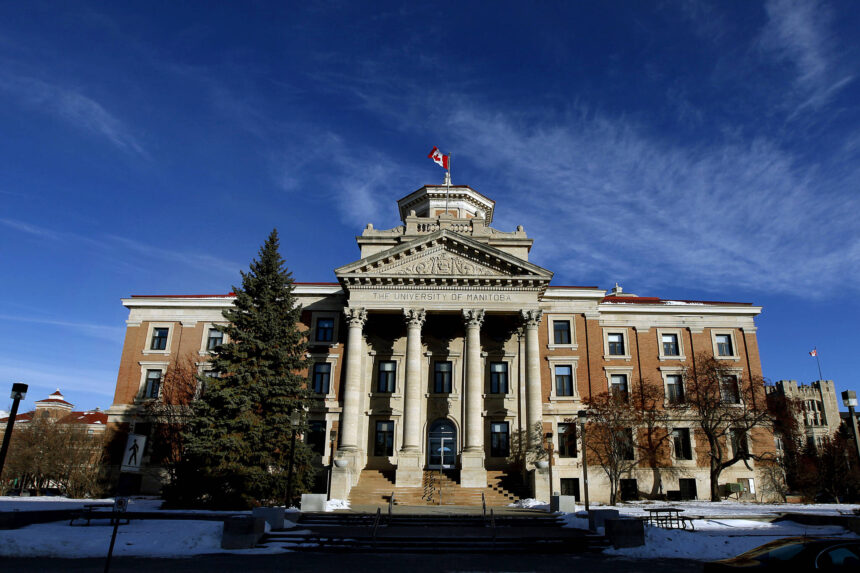In an alarming trend that threatens to undermine academic integrity across Manitoba, university professors are raising red flags about the widening gap between high school grades and actual student performance. Recent data reveals that while secondary school transcripts boast increasingly impressive marks, first-year university students are struggling to demonstrate matching competencies, creating what educators describe as a “preparation crisis” in higher education.
“We’re seeing students arrive with 90 percent averages who can barely construct a coherent paragraph,” says Dr. Eleanor Matthews, Professor of English at the University of Manitoba. “The disconnect between their grades and abilities has never been more pronounced.”
Statistics from Manitoba’s Education Ministry show the average high school GPA has climbed by nearly 8 percentage points over the past decade, while standardized assessment scores have remained flat or declined. This paradoxical trend is creating significant challenges for post-secondary institutions, which must now allocate additional resources to remedial education programs.
At the University of Winnipeg, nearly 40 percent of incoming students with A averages from high school require fundamental writing support—a figure that has doubled since 2015. Mathematics departments report similar patterns, with students who excelled in high school calculus struggling with university-level foundational concepts.
“When nearly everyone is receiving A’s and B’s, the grading system loses its meaning,” explains Dr. Michael Chen, Mathematics Department Chair at Brandon University. “We’re seeing the consequences of pressure on high schools to improve graduation statistics without corresponding improvements in learning outcomes.”
The inflation phenomenon appears particularly pronounced in certain school divisions, according to a comprehensive analysis conducted by researchers at the Manitoba Institute for Educational Research. Schools in higher-income areas showed steeper grade inflation than those in less affluent communities, potentially exacerbating educational inequities when students reach university.
Parents and students often remain unaware of the disparity until confronting the harsh reality of university expectations. Winnipeg parent Diane Kowalski expressed frustration after her daughter’s experience: “She graduated with honors and then nearly failed her first semester. The system set her up with false confidence.”
The phenomenon extends beyond humanities into STEM fields, where precision and technical accuracy are paramount. Engineering professors report incoming students with excellent high school physics and mathematics grades who lack fundamental problem-solving abilities necessary for success in their programs.
Manitoba’s Education Minister has acknowledged the concerns, initiating a provincial review of assessment practices scheduled to conclude later this year. “We need grading that accurately reflects student achievement while maintaining high standards,” the Minister stated in a recent press conference.
Critics argue that the inflation stems from multiple sources: parental pressure, competition for university scholarships, administrative emphasis on graduation rates, and reluctance to deliver negative feedback to students. Some educators also point to the broader cultural shift toward participation awards and positive reinforcement regardless of performance.
University administrators are adapting by implementing more rigorous entrance examinations and placement tests to determine students’ actual competency levels, regardless of their high school transcripts. Several institutions are also engaging directly with high schools to align expectations and assessment standards.
As Manitoba grapples with this educational disconnect, the fundamental question remains: are we truly serving students by inflating their grades, or are we setting them up for a painful reality check when they enter post-secondary education or the workforce? The answer may determine the future credibility of Manitoba’s entire educational system.
























